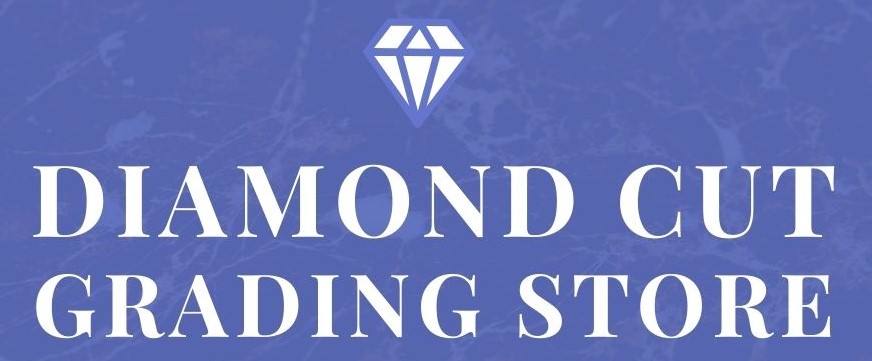The precise use of words has always been of interest to me. In gemology, a synthetic gemstone is one with the same chemical and optical properties as the natural, mined gemstone of the same species and variety. With diamonds, the powers that be have determined that since diamond is an element, carbon, that regardless of how it comes into being, that lab grown ones are not “synthetic” diamonds. This is in opposition to what has been common and well understood terminology for 50 plus years, but really, it is an argument that is not worth a lot of time getting upset about.
Mined diamonds have a degree of rarity that lab grown will never have. As we see more lab diamonds enter the market at ever lower cost prices, the low end qualities of mined diamonds will struggle to compete, since lab diamonds will look far better in terms of color, clarity, and transparency. Some mining operations will struggle to stay open if they have a rather low end quality level of rough production. This may drive prices higher for mined diamonds as fewer mines will remain open and profitable.
The market will find room for manmade diamonds at fairly low end prices and it will also support increasingly rare, mined diamonds at higher prices than the current level. Neither product will wipe out interest in the other, but the balance of the current market may shift over time in ways we have not been able to plan on. Don’t expect much secondhand interest in the sale of lab-grown diamonds. The value fresh from the lab will be reasonable. Maybe there will be some small residual value and maybe next to none. The market is free to act and surely, there will be a market of some sort where lab grown diamonds will find new homes. I don’t think anyone will toss them in the trash, but I can’t begin to predict how much they may be worth “‘used”.
The current production techniques give us a very consistent production of lab grown diamonds. The near colorless ones are all type IIA and only about 1% of mined diamonds are this type. It has to do with the complex chemistry of the nitrogen in the crystal lattice of the diamonds. What is important to understand, is that skilled gemologists with proper equipment and training can readily separate mined from lab diamonds. There is little reason to think this will change. There are several consistent clues to make these determinations and this won’t change overnight since there is no good reason to make major investments in equipment to make such changes just to make lab diamonds more difficult to detect. Detection will remain an expert skill, but detection will not ever be a big problem for the trade.
There are relatively small and affordable machines to detect tiny to large lab grown diamonds from mined diamonds. More devices are coming online, and the work is becoming easier, not more difficult.
Lab grown diamonds are visually the same as mined diamonds, but they are not identical to the point where there is any confusion among laboratory trained and skilled experts. Simple screening tools are growing in number which extends separation of lab versus mined down to even the nearly untrained counter person.
Folks who love diamonds will make up their own minds about how to spend their money. Do they want some element of investment or are they only looking for “looks”? To each their own. Does a buyer want some degree of rarity, or is a visual copy a better fit for their needs, budget, and personality? Everyone will decide what is best for them. However, understanding there are a series of “differences” between lab and mined diamonds is an important bit of knowledge. They look the same and act the same in the visual world, but they are not the same under close scientific scrutiny or as a long term quasi-financial investment.
